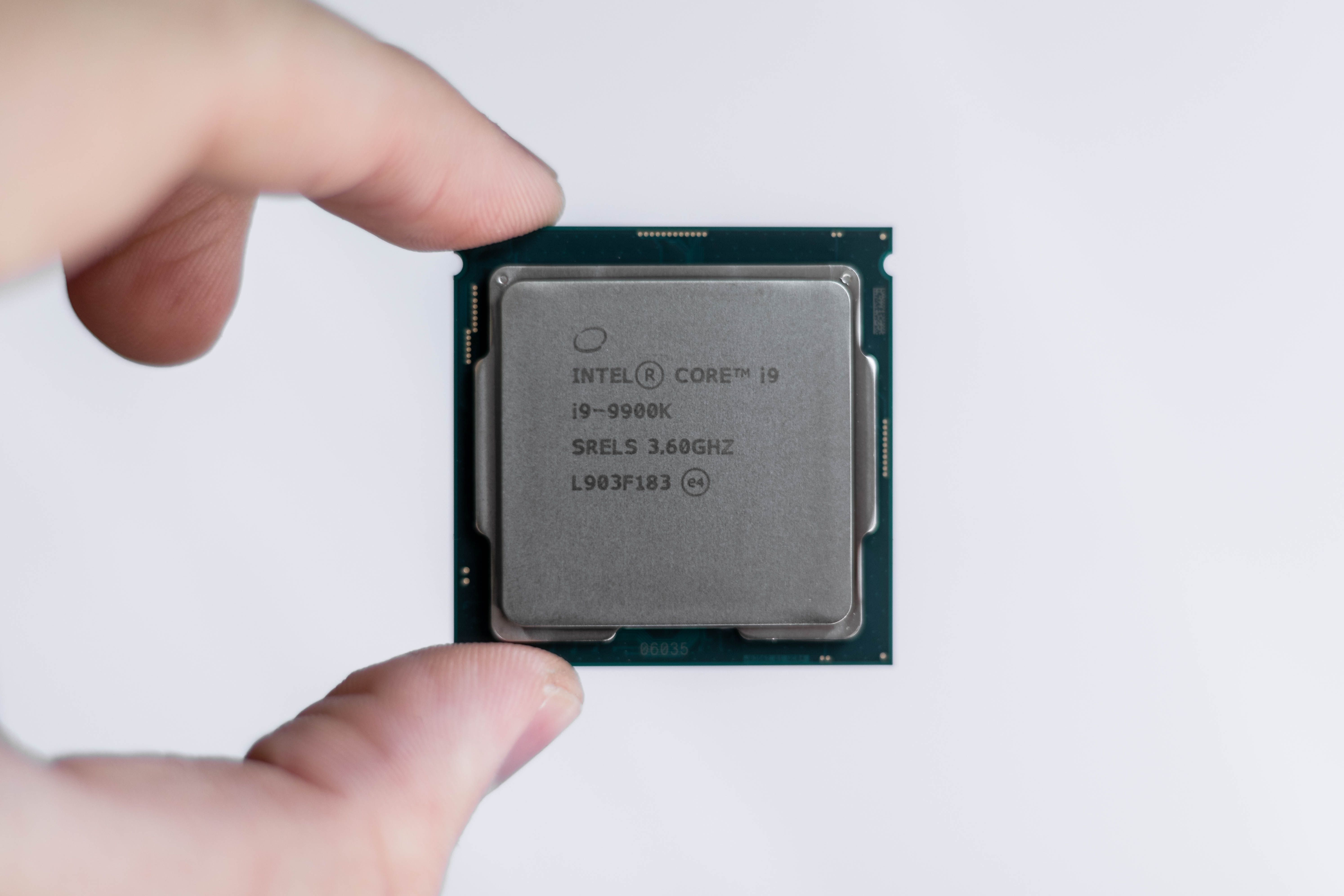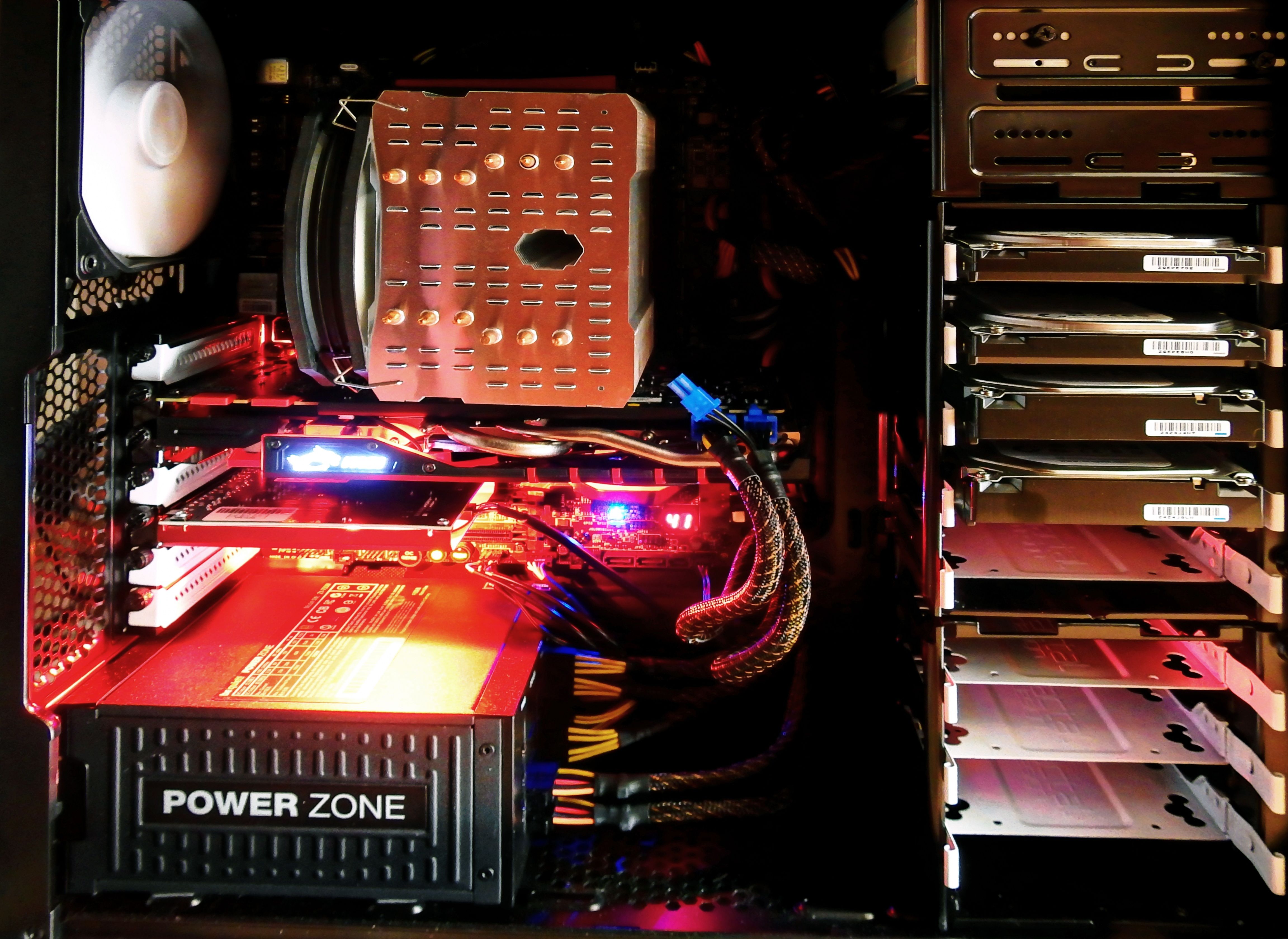The launch of both Xbox Series X and the Playstation 5 just a couple of days apart has got people comparing specs. The spec sheets of these consoles show the usual: gigahertz for the central processing unit (CPU), gigabytes (GB) for memory, terabytes (TB) for storage, and teraflops for the graphics processing unit (GPU).
You might well be familiar with the CPU clock speeds (measured in GHz), and the memory modules (measured in GBs). But what about terabytes and teraflops? What are they, and how do they differ?
Let's dive into the technicals below and find out.
What Is a Teraflop?
Teraflops relate to the processing performance of a CPU, while a terabyte is a unit of storage.
When talking about teraflops, you should first know what FLOPS are. FLOPS means Floating-point operations per second. It's a measurement of how many floating-point computations a particular processor can handle.
Imagine a computer doing computations like these one trillion times a second. That is what TeraFLOPS are.
In each computation, it would convert the numbers to floating-point, process them, then revert them.
GHz or TFLOPS?
Gigahertz refers to the frequency a processor generates pulses. That is, how many 1s and 0s it can create in a second. So, a 3GHz processor can create 3 billion pulses in that period.
If this processor requires 10 pulses to process one FLOP, that means it can handle 300 million of these in a single second.
GHz is merely the speed that a processor can create pulses, but it's not the end-all and be-all of performance. How many TFLOPS a CPU can handle is a better (but not perfect!) gauge of computing power.
Why Teraflops Matter to Gamers
Modern computer graphics, whether it uses ray tracing or rasterized technology, requires computation. A lot of computation.
Everything you see in your game has formulas that need processing by your video card. The more realistic your game is, the more solving your computer needs to do.
That's why consoles like Xbox Series X and PS5 brandish TeraFLOPS as part of their spec sheet. The more computations their GPU can spit out in a second, the more realistic (hence more immersive) their system will be.
What Is a Terabyte?
If you go back to computer fundamentals, data is processed and stored as 1s and 0s. So, if you look at your storage device, you'll see information there etched as such.
Computing for one terabyte is much simpler than explaining TeraFLOPS. Each one and zero is called a bit. And a byte consists of eight bits. A terabyte is a trillion bytes, which equates to 8 trillion bits.
You may not think much of a terabyte, especially because you see and hear it a lot. But if each person on earth represents one bit, and the world population is over 7.8 billion at the time of writing, we are just about at 1GB.
So, a terabyte is like 1,000 current earth populations. That's how large it is. To better visualize a terabyte in terms of data size, check out this article explaining memory sizes.
Are More Terabytes Better?
Generally, yes. You can't have too much space these days. Games have increasingly become more complex and realistic nowadays. That's why they require bigger drives.
Over the past 30 years, drives have gone from a measly 1GB to 1TB. But at the same time, a number of game titles went from needing 300MB of space to 300GB.
If you want to keep a library of these games readily available, it's better to have a large drive where you can keep them.
One thing to consider is that most games are readily available on the cloud. They're also quick to download, so you don't need to keep them on your device all the time.
For now, a terabyte or two of storage should suffice. The only exception to this is if you have storage-intensive work, such as videography or photography.
TFLOPS vs. TBs: The Key Differences
Both TeraFLOPS and Terabytes are units of measurement. TeraFLOPS (or a trillion FLoating-point OPerations per Second) refers to how many computations a processor can handle in the said period.
Terabytes, on the other hand, refer to the number of bits kept in a storage device. Both are important tech terms, but TeraFLOPS is more relevant for a better gaming experience.
However, a system's performance isn't defined by how many TeraFLOPS it can handle. It's how your processor, graphics card, memory, storage, and even internet connection work together that determines how good your gaming experience will be. After all, a chain is only as strong as its weakest link.



